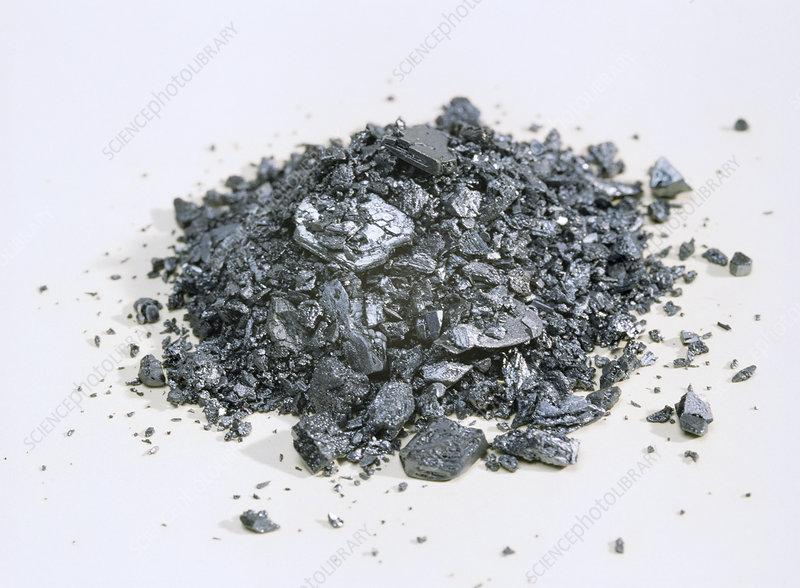I completely agree Rick.
We have nice comfortable water here

The only sharks we have here do not eat people anyway :mrgreen:
No pun intended Shark :wink:
Back to the topic, this is the kind of threads I really love.
When we combine forces and delve into the ocean of knowledge amongst our esteemed members and discover new/old things in new/old ways as a group.
The Iodine leach has been sitting in a hidden dusted down corner of my brain waiting to get out, since I first heard about it.
And then Pat opened this thread and the nuggets of knowledge just materialize

For me the main eyeopener was the patent document Owltech posted.
So I think the thanks should go to the ones that has done the testing, I'm just reading back my findings in the document.
In my eyes this is the kind of discussions that makes this forum so valuable.
Thanks to all the contributors, past and future.
If we can ignite enough interest to lure some of our dignified members back into the art again, even better

[emoji38] :mrgreen:
I, for one, have been wanting to find an easier and safer way to de-plate gold... I've used the sulphuric cell successfully, but we all know its dangers... and it can be messy!
Pat's presentation made it look so safe, and simple, that I just needed to give it try.
So far, so good! Knock on :G :mrgreen:
I know that we'll all be able to end with a very detailed, and safe way to use this process!
This great Forum has the minds! 8) ... uhhhh, speaking of great minds,

I'm trying to rejuvenate the solution, but after adding about 20ml of peroxide, no change in color, other than when I add it.
So, my question is: after running 2.25 pounds of material thru the 300ml solution, the iodine was depleted? Can the solution be rejuvenated?
I've read that in some of the other tests, only a few items were deplated... maybe there was enough free iodine left, and that's the reason why it was rejuvenated!?
Thank you kindly!




































